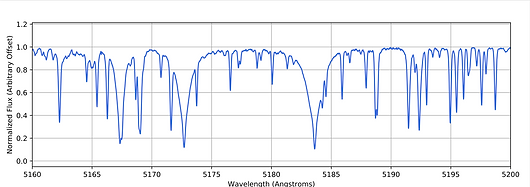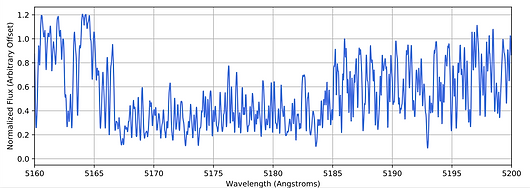

Credit: NASA/JPL

Top: the size distribution of close-in planets (at or within Mercury's orbit) from Petigura et al. (2013). Bottom: with the CKS survey we improved the precision of the planet sizes by ~4x, revealing a gap separating the population of super-Earths and sub-Neptunes (Fulton, Petigura et al. 2017).

Annie Jump Cannon (1863-1941), the most prolific human spectral classifier. Credit: Harvard-Smithsonian CfA
PRECISION STELLAR ASTROPHYSICS
Know thy star, know thy planet.
Only a handful of exoplanets planets have been imaged directly so far. The vast majority have been discovered and characterized through indirect methods like the transit and radial velocity (RV) techniques. Because these techniques measure subtle effects of planets on their hosts, it's critical that we understand the stars.
By 2012, Kepler had detected thousands of exoplanets, but many of their properties remained uncertain due to our limited knowledge of host star properties. For example, the typical Kepler planet host star had a radius with an uncertainty of 40%. Because transits constrain the star-planet radius ratio, the radii of the planets were similarly uncertain. To remedy this, my group conducted the California-Kepler Survey (CKS; PIs: Howard, Marcy, and Johnson).
From 2011–2015, we spent about 50 nights on the Keck telescope collecting spectra of over 1000 planet hosting stars. I developed a code to extract stellar properties from optical spectra called "SpecMatch-Synthetic" which uses synthetic spectra to fit an observed spectrum to characterize the star (Petigura 2015). With the CKS spectra and SpecMatch, we measured planet sizes to 10% and observed new features in the exoplanet population. A windfall of the CKS project was the discovery that radius distribution of small planets is bimodal (Fulton, Petigura et al. 2017), exactly as predicted by theories treating the photo-evaporative sculpting of planet envelopes (e.g. Lopez & Fortney 2013; Owen & Wu 2013). To learn more about the CKS project see Petigura et al. (2017) and the project webpage.
SpecMatch-Synthetic is most reliable for stars that have temperatures similar to the Sun (SpT > K4). There is also widespread interest in planets around small, cool stars. The optical spectra of these K and M stars are complex, with dense forests of molecular lines. As a consequence, techniques using synthetic models often struggle for these cool stars.
My group is pursuing a different approach: data-driven spectroscopy. This is a modern application of an old and venerable astronomical technique called spectral classification. Over a century ago astronomers learned to classify stars by comparing their spectra to that of a few dozen "standard stars." Our approach today is to replace the human classifier with a computer and expand the library of standards to cover more parameters like metallicity.
As part of this effort, Samuel Yee (then a Caltech undergrad) led a project called "SpecMatch-Empircal." He compiled a library of 400 spectra of touchstone stars from Keck/HIRES with well-known properties and wrote code to interpolate between the library grid to match the spectrum of an unknown target spectrum. SpecMatch-Empircal is capable of 10% radius precision, even for cool stars. The code and library are described in (Yee, Petigura, and von Braun 2017) and is publicly available here.


Top: Keck/HIRES spectrum of a Sun-like star (SpT=G0V). Bottom: Barnard's star (Spt=M4V). Credit: Samuel Yee.